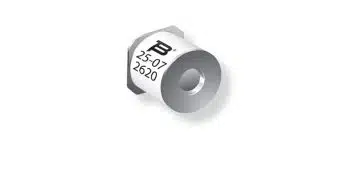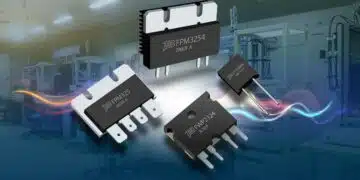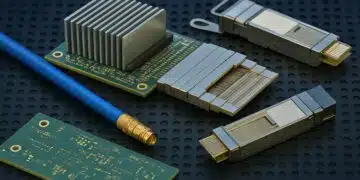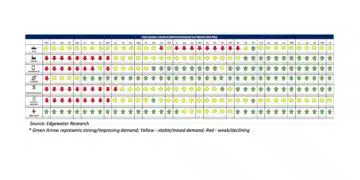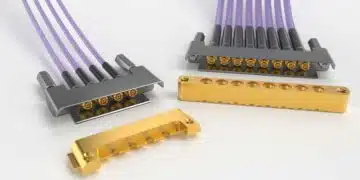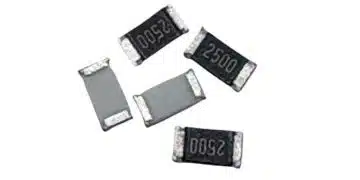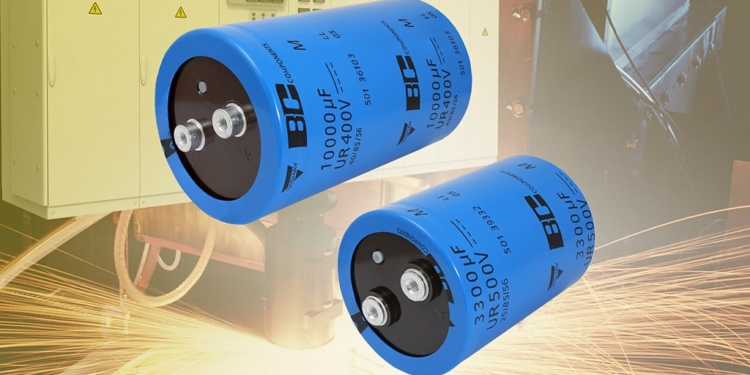Source: Vishay news
MALVERN, Pa., July 24, 2019 Vishay Intertechnology, Inc. (NYSE: VSH) today launched a new series of miniaturized screw terminal aluminum capacitors that deliver 10 % higher capacitance and 10 % better ripple current handling for a given can size than previous-generation devices, allowing designers to pack more energy storage into less space.
The new Vishay BCcomponents 501 PGM-ST series devices will be used in a wide range of applications and end products, including motor drives, HVAC, welding inverters, UPS, X-ray equipment, microgrid interfaces, wind turbines, and scientific test equipment.
The 501 PGM-ST series devices are available with rated voltages of 400 V, 450 V, and 500 V and capacitance values from 1000 µF to 18 000 µF. Featuring a cylindrical aluminum case insulated with a blue sleeve and pressure relief in their sealing disc, the new 501 PGM-ST capacitors offer a high rated ripple current to 30.2 A and a useful life of 5000 hours, both at + 85 °C. The capacitors are lead (Pb)-free and RoHS compliant.
As polarized aluminum electrolytic capacitors with a non-solid electrolyte, the 501 PGM-ST capacitors are ideally suited for applications that demand high energy storage in a small form factor. The 500 V rating provides increased voltage headroom in motor drives, UPS, and solar inverters by allowing three-phase, 380 V designs to be re-used in 480 V systems by simply upgrading the DC-Link capacitors and enables solar inverter systems to be upgraded for 1000 V maximum input.
Device Specification Table:
| Case size (D x L in mm) | 50 x 80 to 90 x 195 |
| Capacitance range | 1,000 µF to 18,000 µF |
| Tolerance | ± 20 % |
| Ripple current | 5.49 A to 30.2 A |
| Rated voltage range | 400 V to 500 V |
| Temperature range | – 40 °C to + 85 °C |
| Useful life at + 85 °C | 5000 hours |
| Shelf life at 0 V, + 85 °C | 1000 hours |
| Sectional specification | IEC 60384-4/EN130300 |
| Climatic category IEC 60068 | 40/085/56 |
Samples of selected values for the 501 PGM-ST capacitors are available now. Production quantities are available with lead times of 18 weeks.


